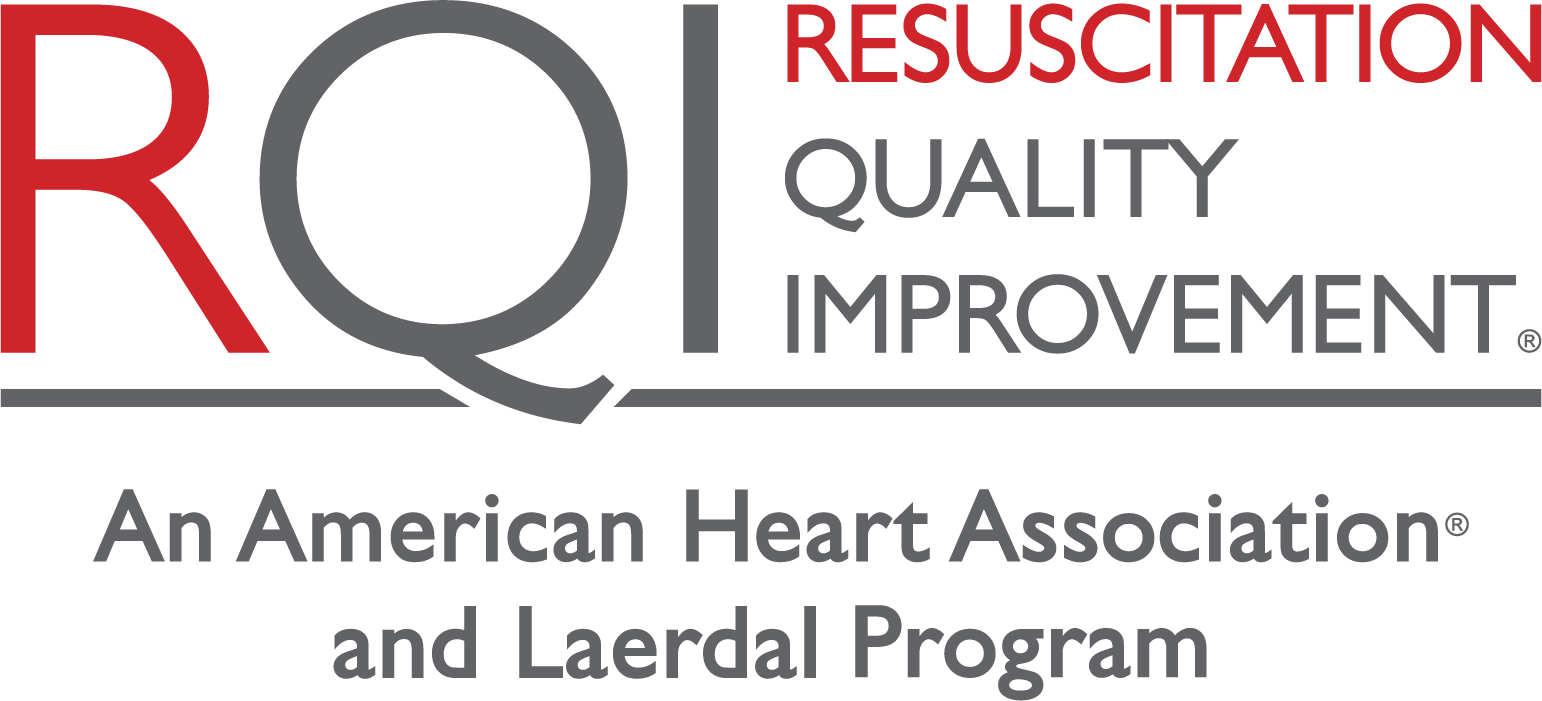Harris AW, Kudenchuk PJ. Heart. 2018;104(13):1056-1061
Importance of Conclusion
CPR works, but better CPR works better. High-quality CPR with effective chest compressions is the foundation of successful resuscitation. CPR that complies with AHA compression and ventilation guidelines can save many lives.
Key Points
- Effective chest compressions are the foundation of successful resuscitation outcomes. Resuscitation strategies that promote effective chest compressions can improve outcomes in all patients with cardiac arrest.
- The five key measures of high-quality CPR as defined by the AHA include: chest compression rate (100-120/min), chest compression depth (5-6 cm), chest compression fraction (at least 60% with minimal pauses), full chest recoil (without leaning), and ventilation rate (10 breaths/min, avoiding hyperventilation).
- Compliance with these guidelines can save thousands of lives each year.
Read the article (fee applies)
